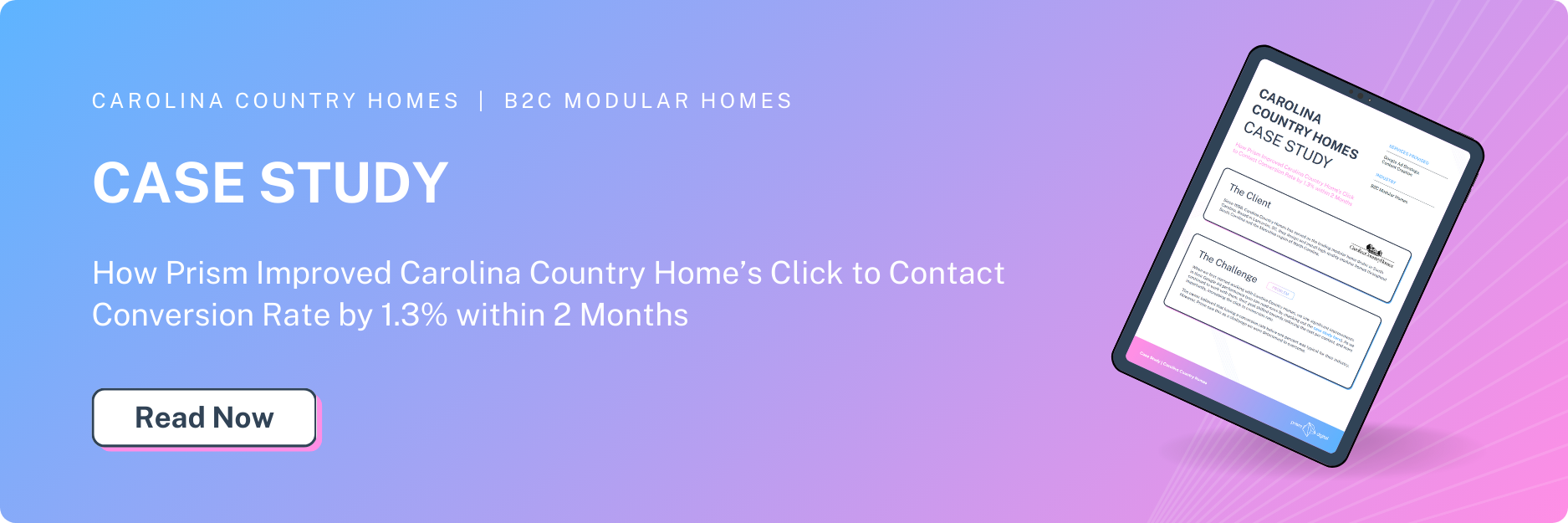As a HubSpot partner agency, we know that moving your Applicant Tracking System (ATS) data to HubSpot can seem daunting. But worry not! With the right strategy and a bit of preparation, the migration can be smooth and seamless. Today, we’ll walk you through best practices for migrating your ATS data to HubSpot, backed by real-life success stories and a few handy statistics. So, let’s get started!
Why migrate your ATS data to HubSpot?
Before diving into the how, let’s quickly address the why. HubSpot is more than just a CRM; it’s a robust platform that integrates sales, marketing, and service data, providing a 360-degree view of your business operations. According to a recent report, businesses that integrate their data sources see a 20% increase in operational efficiency within the first year. So, moving your ATS data to HubSpot can streamline your recruitment and sales processes, leading to better decision-making and improved productivity.
Step-by-step guide to migrating your ATS data
1. Assess your current data
Start by taking a thorough inventory of your ATS data. Identify what information is essential to carry over to HubSpot. This typically includes candidate details, job postings, application statuses, and communication logs.
Best practice: Create a data migration checklist to ensure nothing gets overlooked. Involve stakeholders from different departments to understand their data needs and priorities.
2. Clean your data
Data cleanliness is crucial for a successful migration. Remove duplicates, correct errors, and standardize formats. Clean data ensures that your new system operates efficiently and provides accurate insights.
Best practice: Use data cleaning tools or scripts to automate parts of this process. For example, HubSpot's import tool can help identify and merge duplicate records during the import process.
3. Map your data
Next, map your ATS data fields to corresponding HubSpot fields. This step ensures that the data fits seamlessly into HubSpot’s structure and maintains its integrity.
Best practice: Create a data mapping document that outlines how each ATS field translates to HubSpot. This will serve as a reference during the migration and can be useful for future data audits.
4. Choose your migration method
Depending on the volume and complexity of your data, you can choose between manual import, using HubSpot’s import tool, or leveraging third-party integration tools like Zapier or Import2.
Best practice: For large-scale migrations, consider using HubSpot’s API or third-party tools to automate the process and reduce the risk of errors.
5. Run a test migration
Before the full-scale migration, run a test with a small dataset. This helps identify any issues and ensures that the data flows correctly into HubSpot.
Best practice: Involve end-users in the testing phase to get their feedback and make necessary adjustments. This also helps in getting them familiar with the new system.
6. Execute the full migration
With everything in place, it’s time to perform the full migration. Monitor the process closely and be prepared to address any issues that arise.
Best practice: Schedule the migration during off-peak hours to minimize disruption to your operations. Have a support team on standby to quickly resolve any unexpected problems.
7. Verify and validate
After migration, verify the data accuracy and ensure everything is functioning as expected. Check for completeness and correctness in the migrated data.
Best practice: Use HubSpot’s reporting tools to generate sample reports and dashboards, ensuring that the data is correctly integrated and actionable.
Conclusion
Migrating your ATS data to HubSpot doesn’t have to be a stressful experience. By following these best practices and leveraging the powerful features of HubSpot, you can ensure a smooth transition and unlock the full potential of your data.
Ready to migrate your ATS data to HubSpot? Prism Digital Inc. is here to help! Contact us today to learn more about our data migration services and how we can support you every step of the way.
